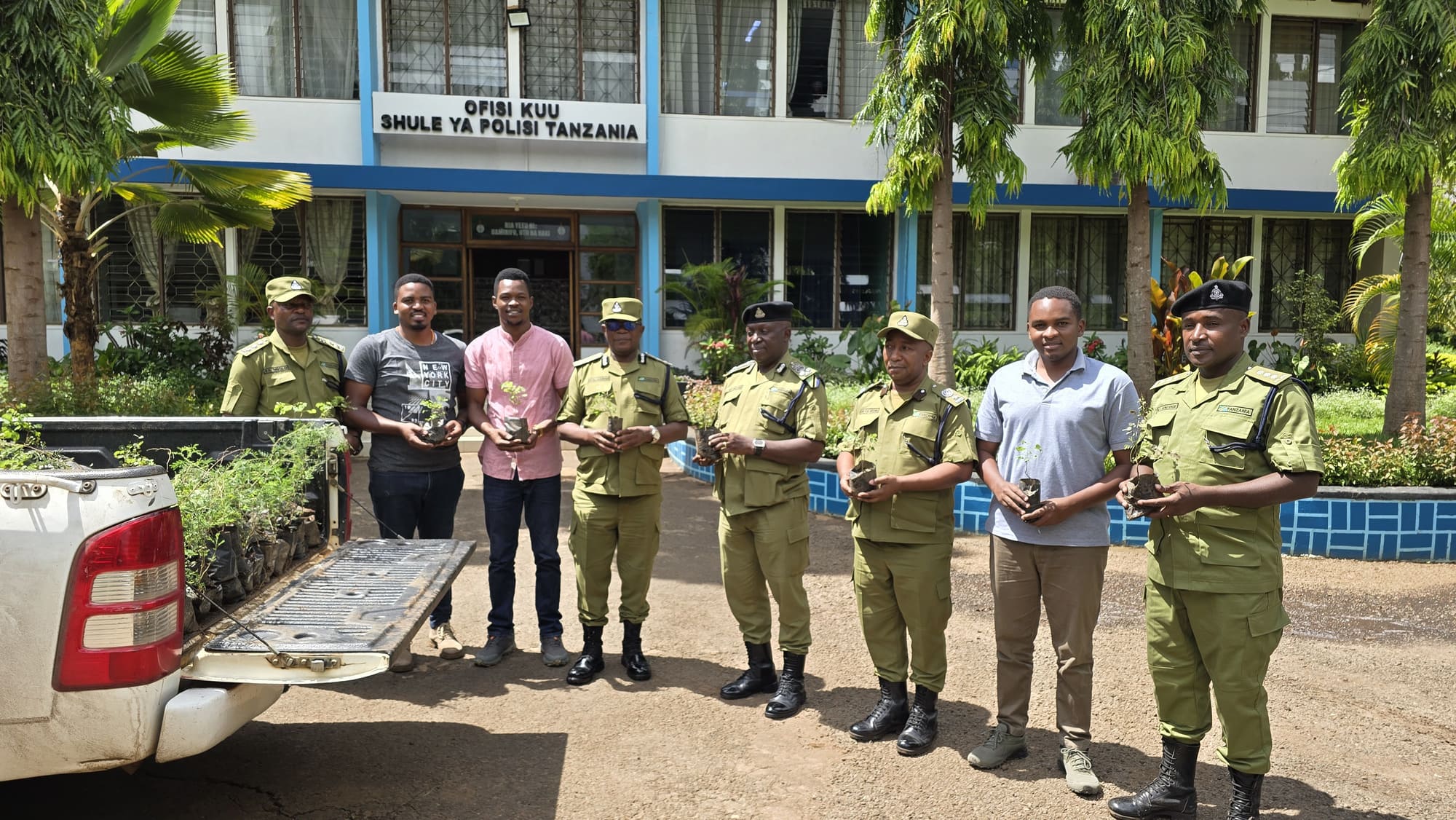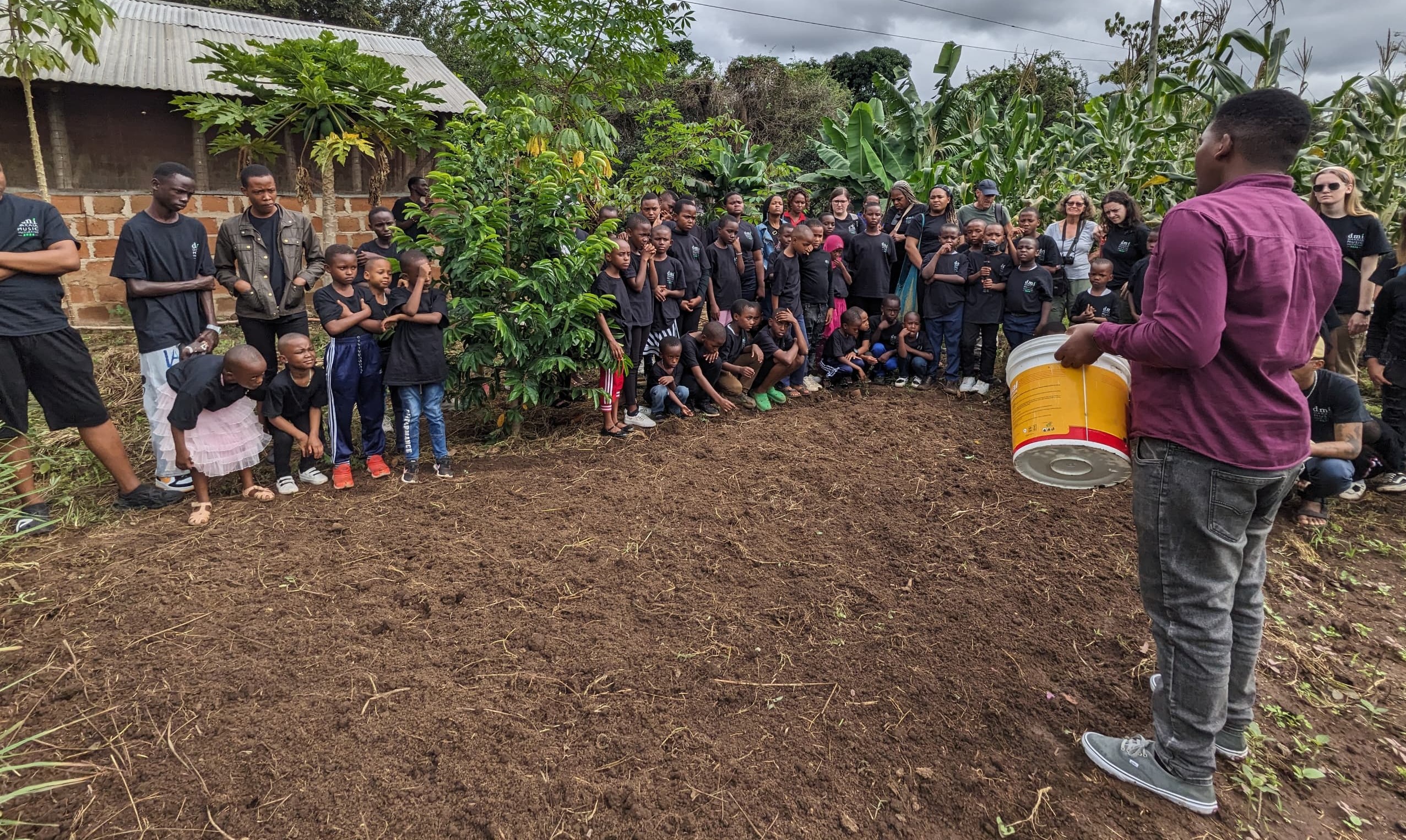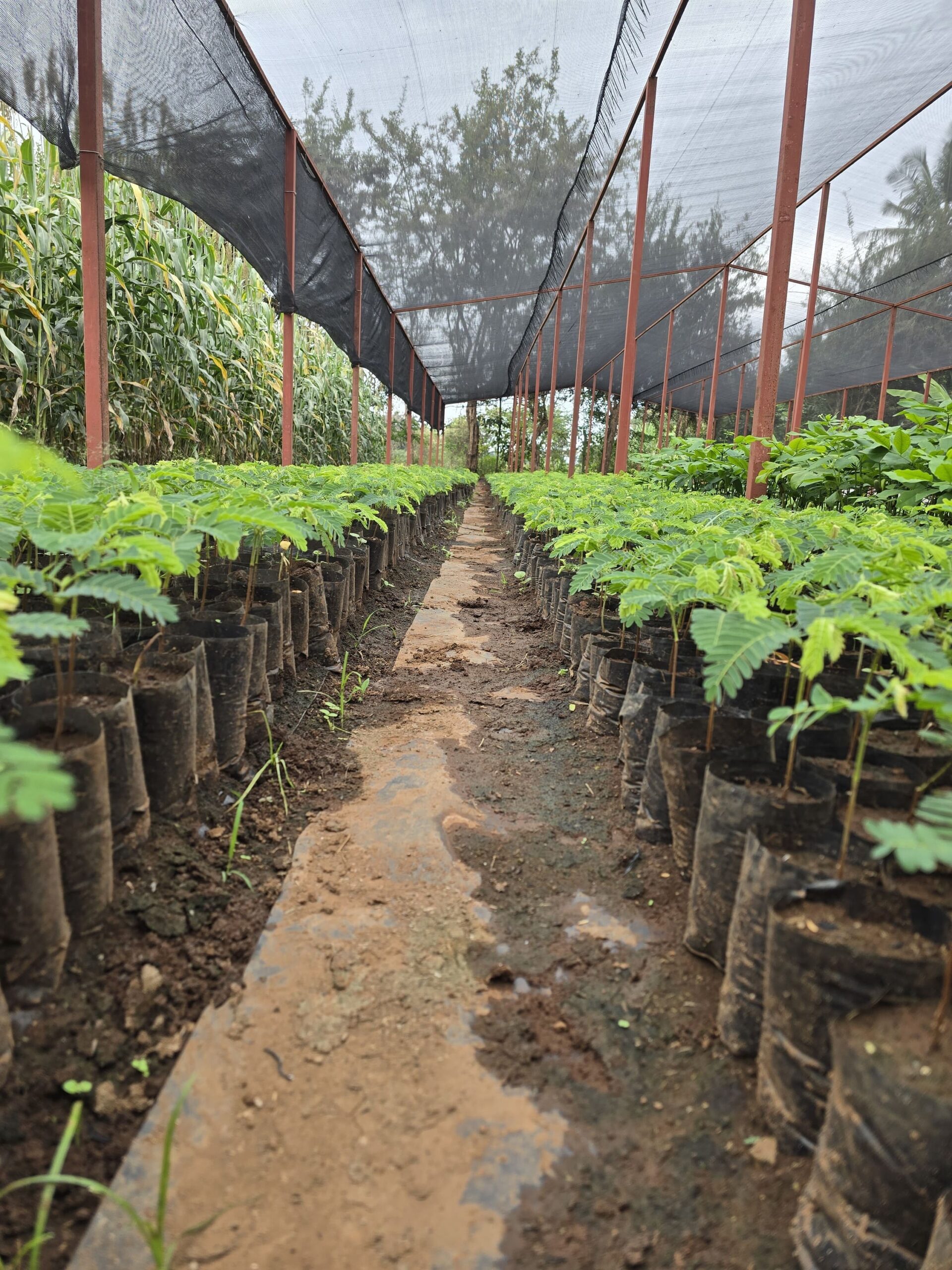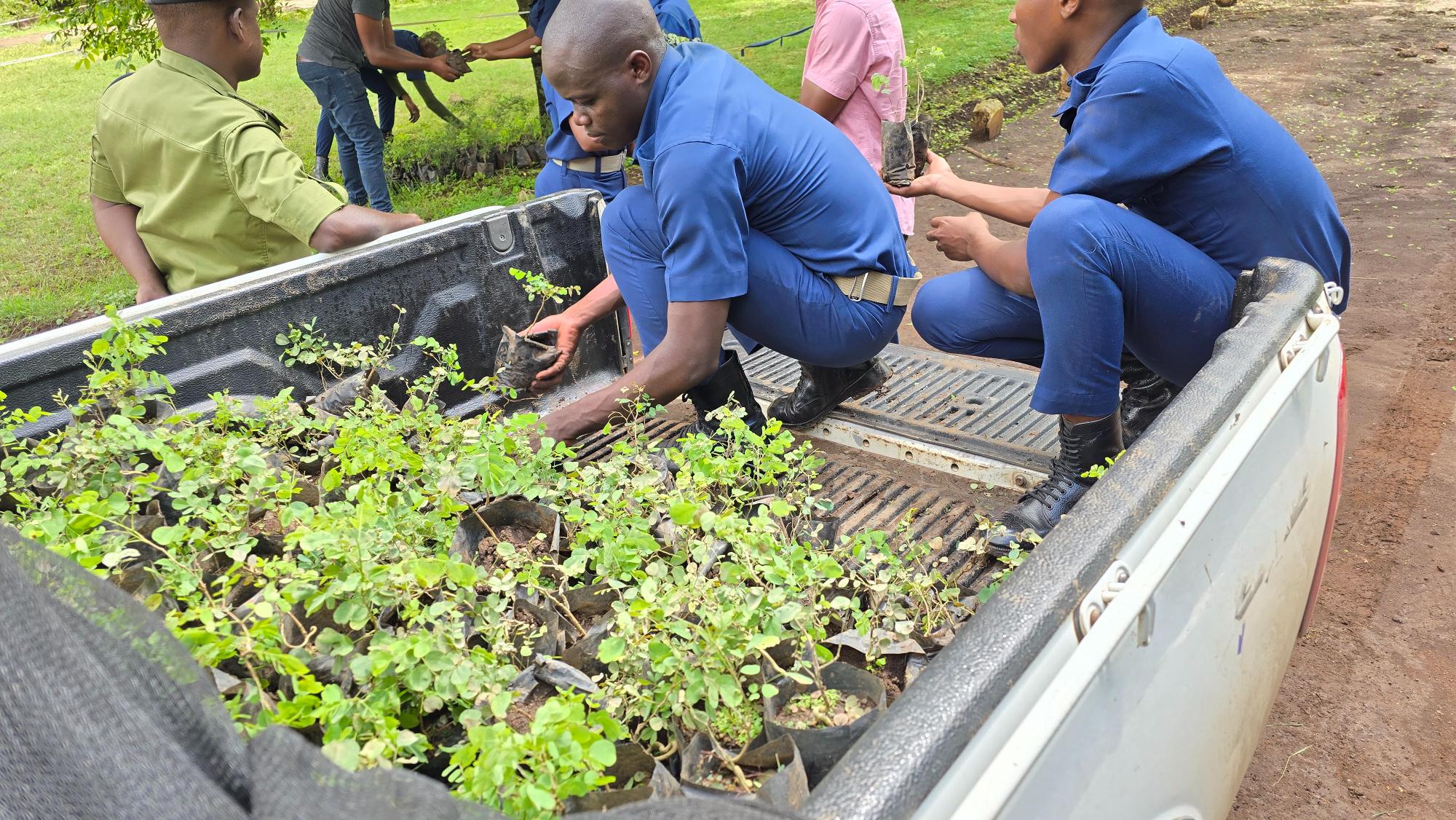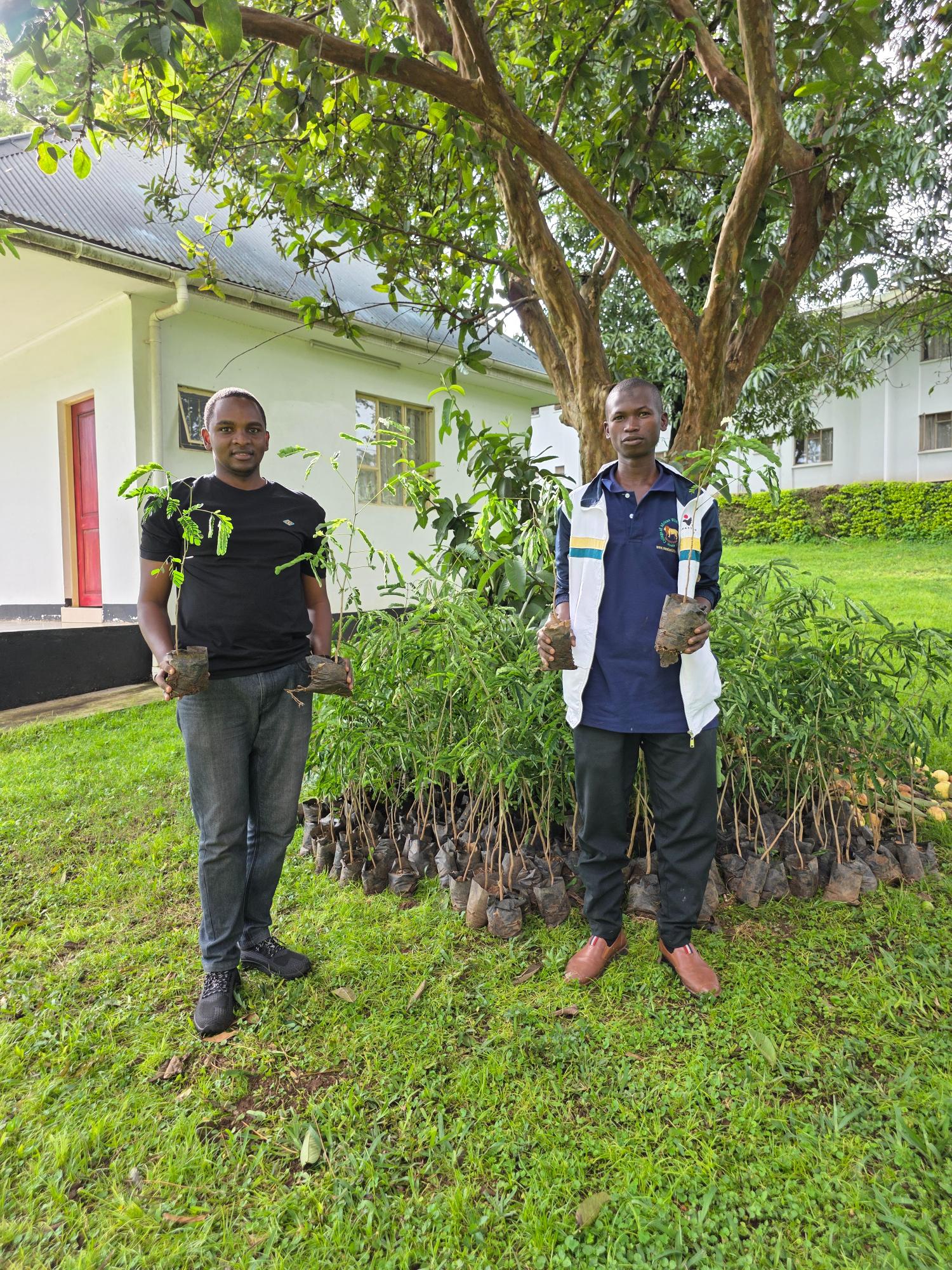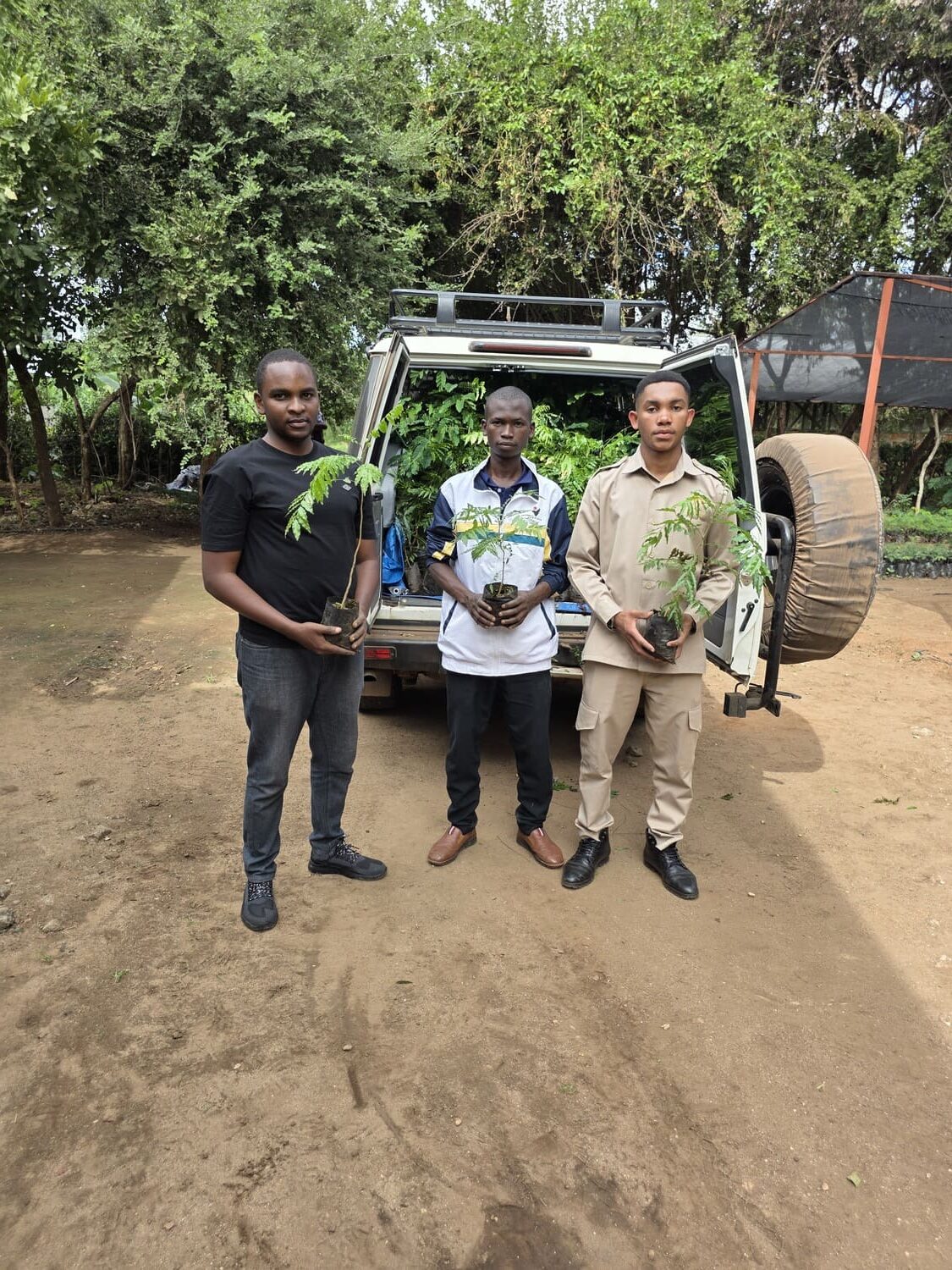The tree planting event along Shanti Road in Moshi town was a landmark collaboration that brought together the African Blackwood Conservation Project (ABCP), the youth wing of CCM (UVCCM), local NGOs such as the Kilimanjaro Environmental Preservation (KEP), and government agencies like the Tanzania Forest Service (TFS). Shanti Road is one of the busiest and most visible streets in Moshi, making it an ideal site for demonstrating urban greening. ABCP provided seedlings and technical guidance, UVCCM mobilized youth volunteers, KEP supported awareness and mobilization at the community level, while TFS lent institutional backing by aligning the project with national tree planting and forestry policies. The combined effort showed the power of multi-stakeholder action, ensuring not just the planting of trees but also their long-term management under the watch of local and national partners.
The need for the project stemmed from rapid urban expansion, which had reduced roadside greenery in Moshi town and left areas like Shanti Road exposed to dust, high heat, and soil erosion. Planting trees along this corridor addressed these challenges by restoring green cover in a high-traffic zone where pedestrians, traders, and motorists all experience the negative effects of environmental degradation. Trees along roadsides filter pollutants from vehicle emissions, provide shade that reduces surface heat, and stabilize soils against runoff. The inclusion of indigenous trees, such as mpingo, further tied the event to ABCP’s wider mission of conserving rare species. By working with both NGOs and a government body, the initiative ensured that planting would not be a one-off event but part of a coordinated strategy for urban environmental management.
In the long run, this collaborative project promises broad environmental and social benefits. For the community, the trees will improve air quality, provide shade for vendors and pedestrians, and make the town more attractive for tourism and business. For the environment, they will capture carbon, slow down water runoff during heavy rains, and reintroduce biodiversity into an urban setting. Importantly, by involving young people through UVCCM, conservation groups like KEP, and state institutions like TFS, the project built a model of shared responsibility where no single group is left with the burden of maintenance. This mix of community energy, NGO expertise, and government oversight gives the trees a better chance of survival and sets a precedent for similar urban greening initiatives in other Tanzanian towns.

